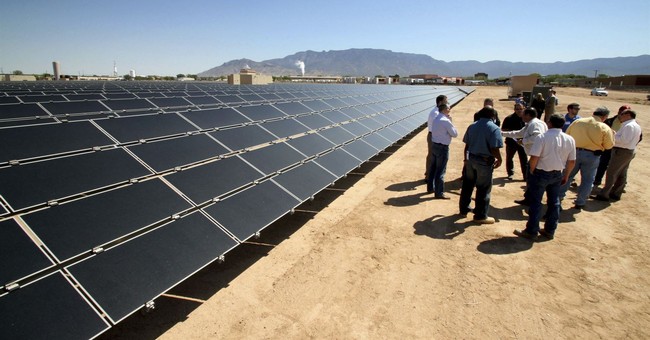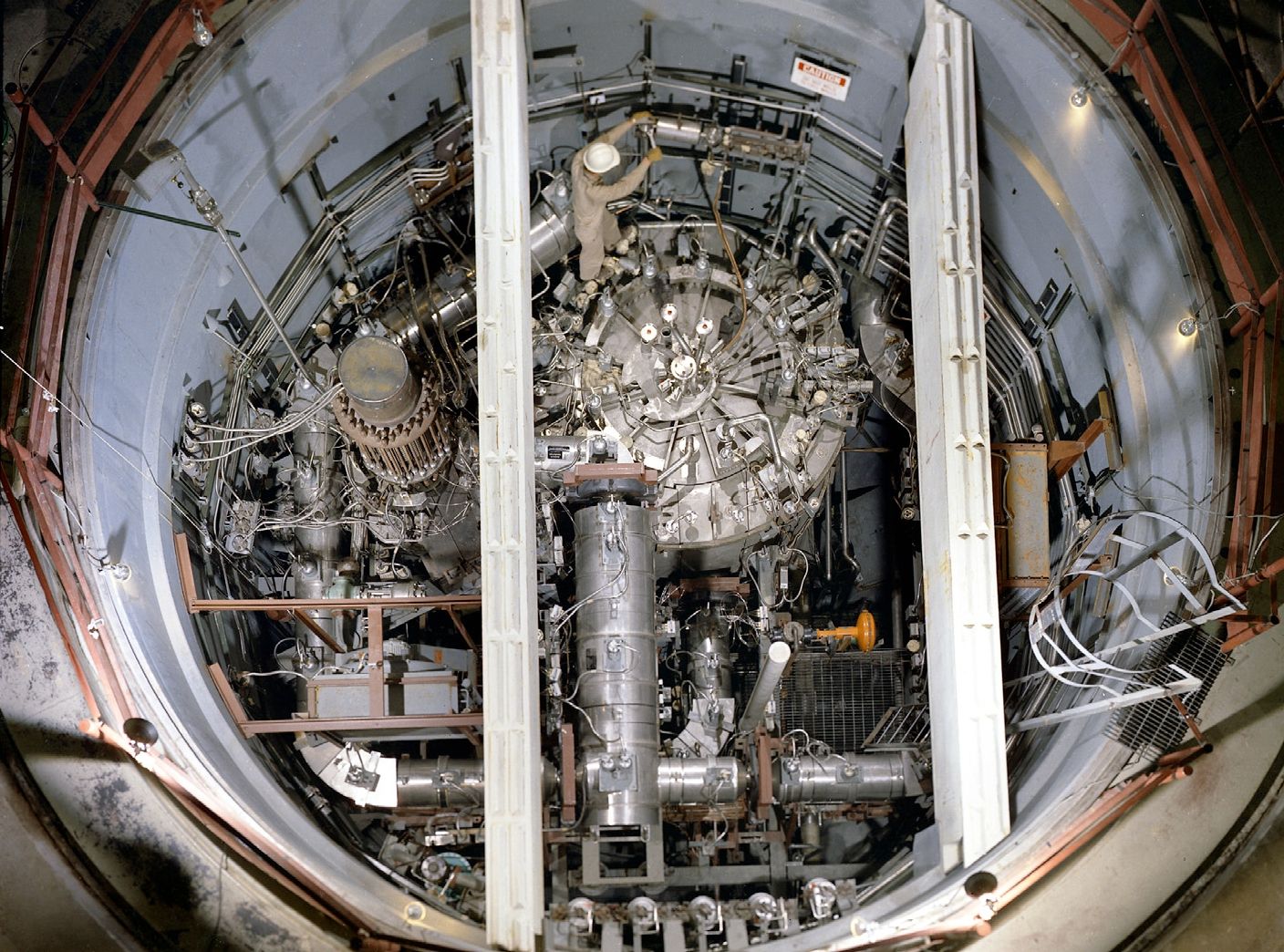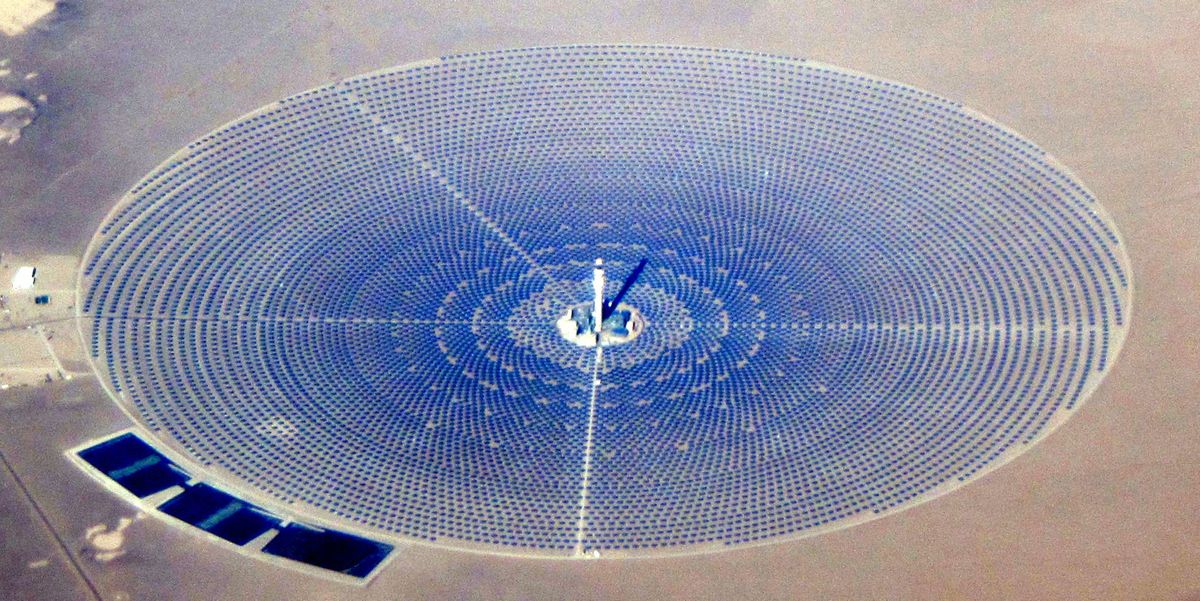Leo123
Diamond Member
- Aug 26, 2017
- 29,929
- 22,788
- 2,415
"The Biden administration has approved a massive solar power project in California that will produce enough power to electrify 90,000 homes. That’s the good news. The bad news is that producing the solar panels in China using coal-fired electrical power plants to generate electricity will produce almost as much CO2 as the fossil fuel plants the solar power is supposed to replace."
I've often heard it takes a lot of coal to make solar panels. Now, this article sheds some light on just how 'dirty' so-called 'clean energy' is.
"Manufacturing solar panels is a dirty business. Starting with the raw mineral quartz, the refining process produces the highly toxic substance, silicon tetrachloride, that some manufacturers simply end up dumping. Huge amounts of power and heat must be used to manufacture the photovoltaic cells."
"Solar power is still far more expensive than power generated by natural gas and oil."
I've often heard it takes a lot of coal to make solar panels. Now, this article sheds some light on just how 'dirty' so-called 'clean energy' is.
"Manufacturing solar panels is a dirty business. Starting with the raw mineral quartz, the refining process produces the highly toxic substance, silicon tetrachloride, that some manufacturers simply end up dumping. Huge amounts of power and heat must be used to manufacture the photovoltaic cells."
"Solar power is still far more expensive than power generated by natural gas and oil."





